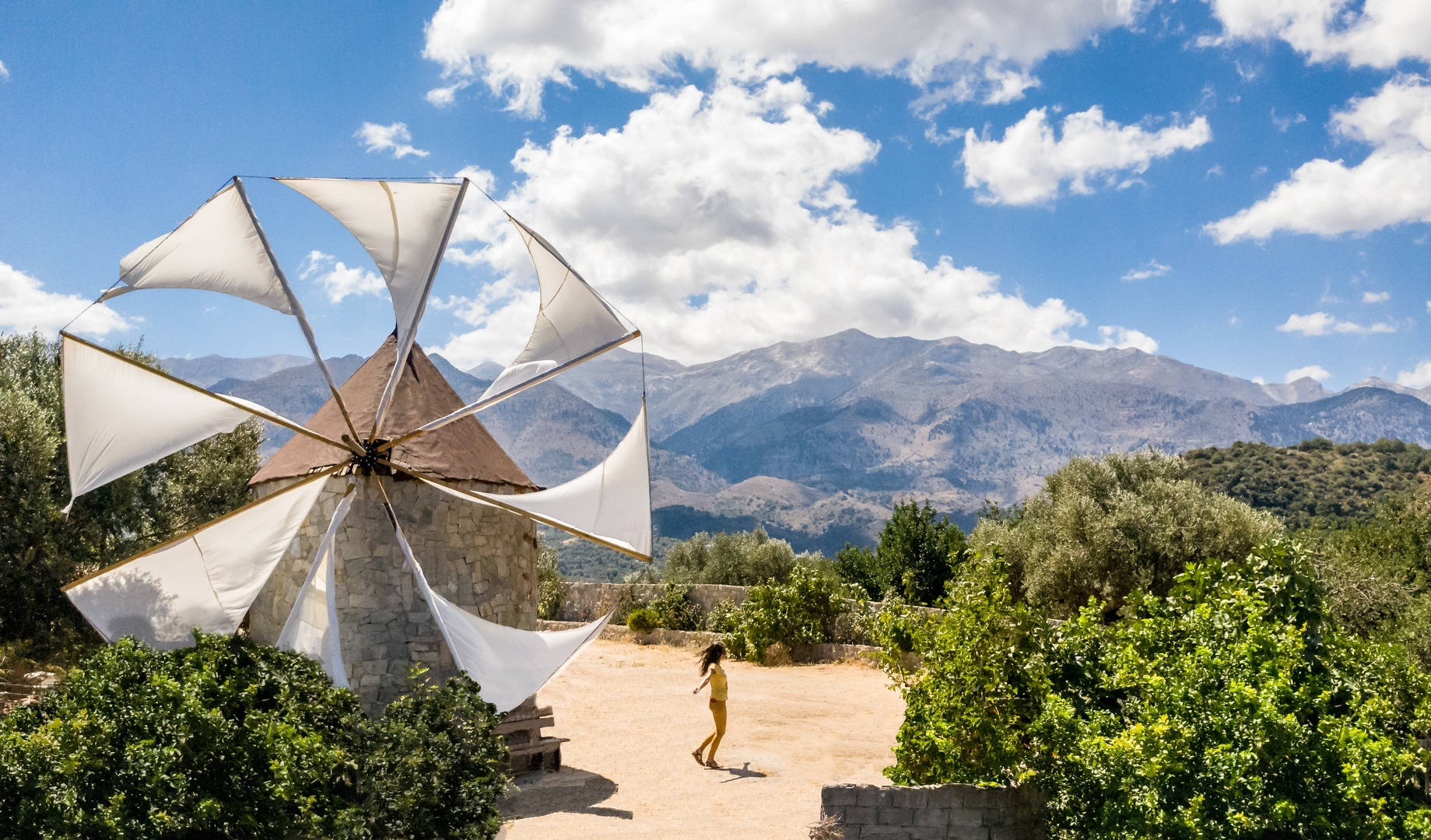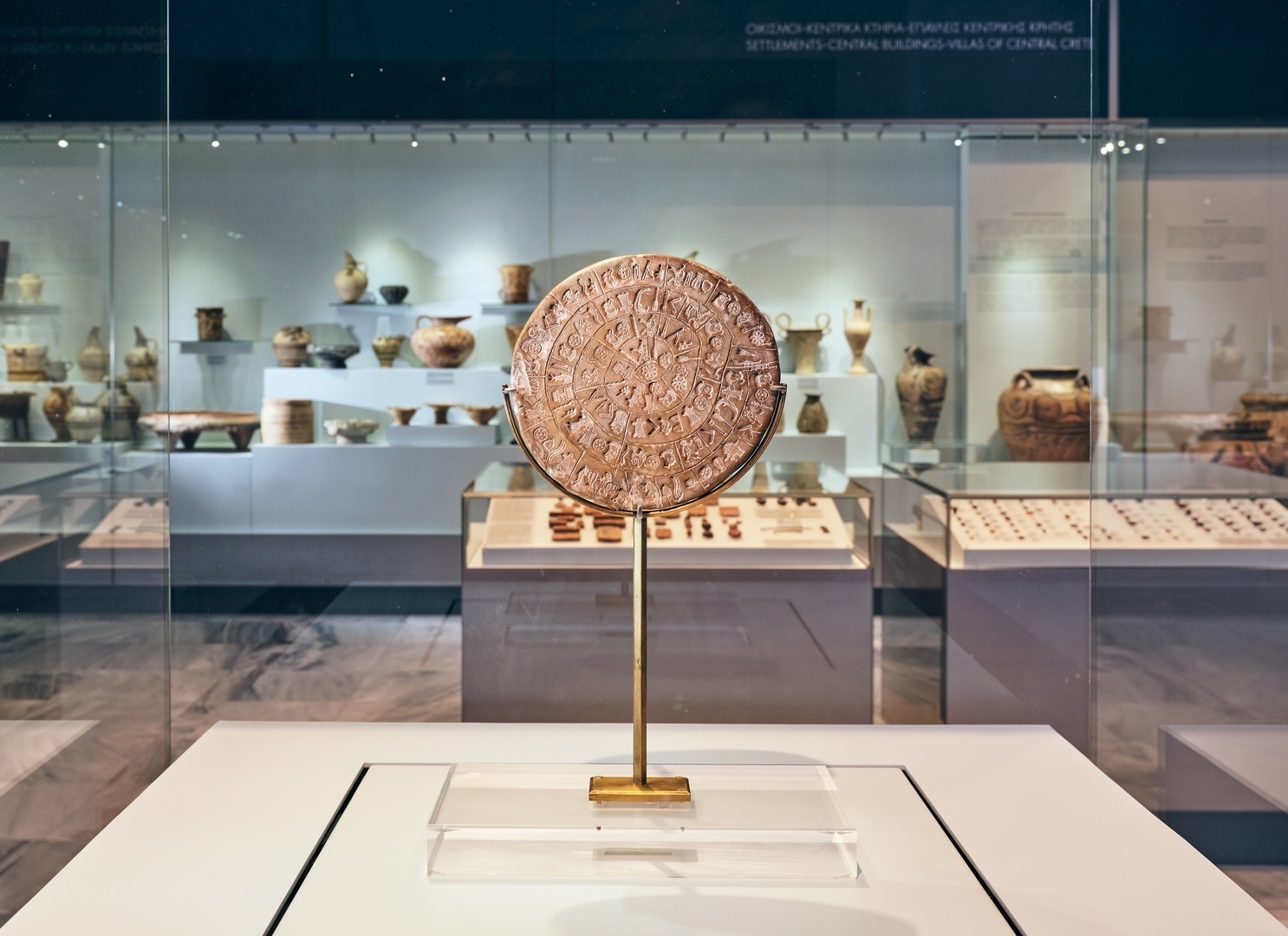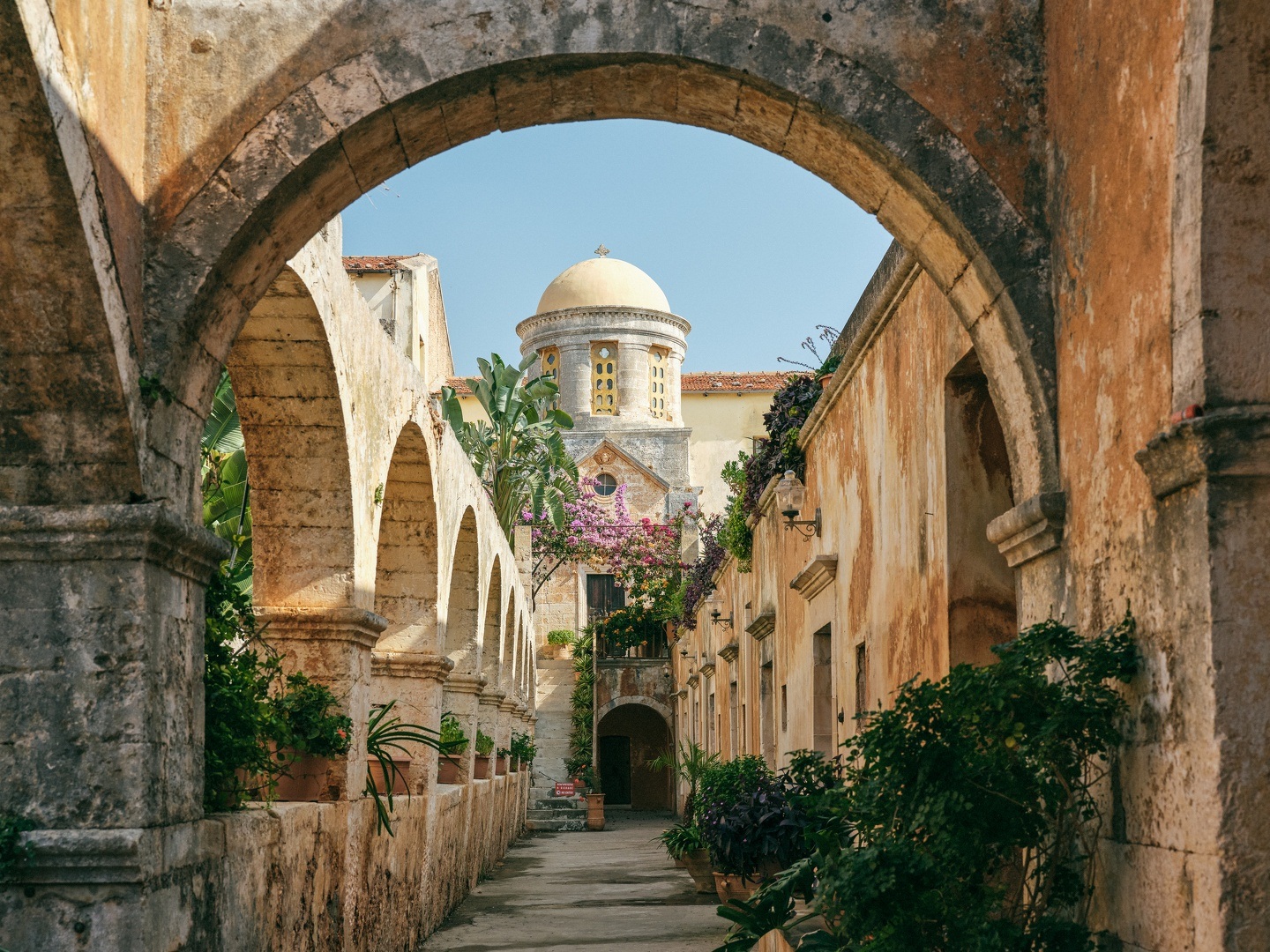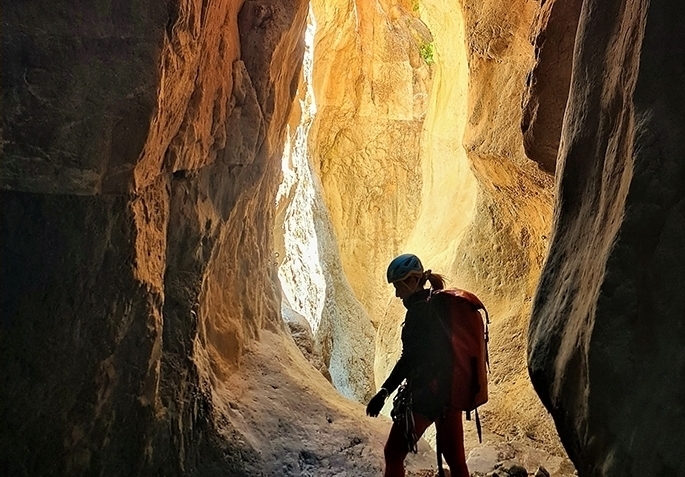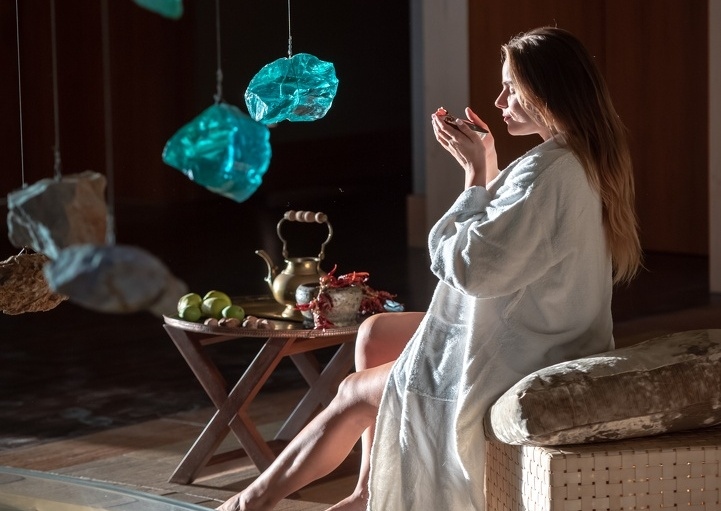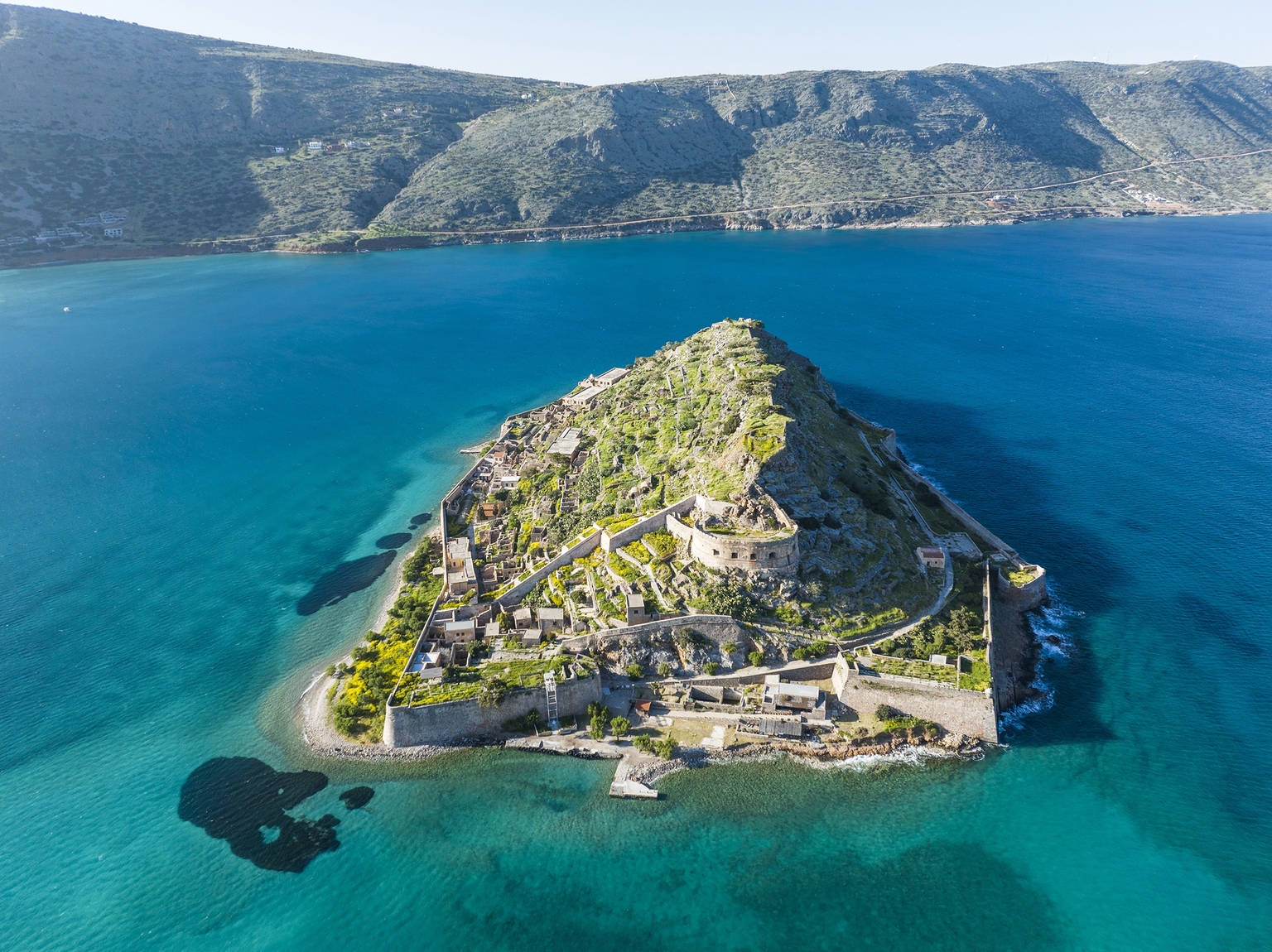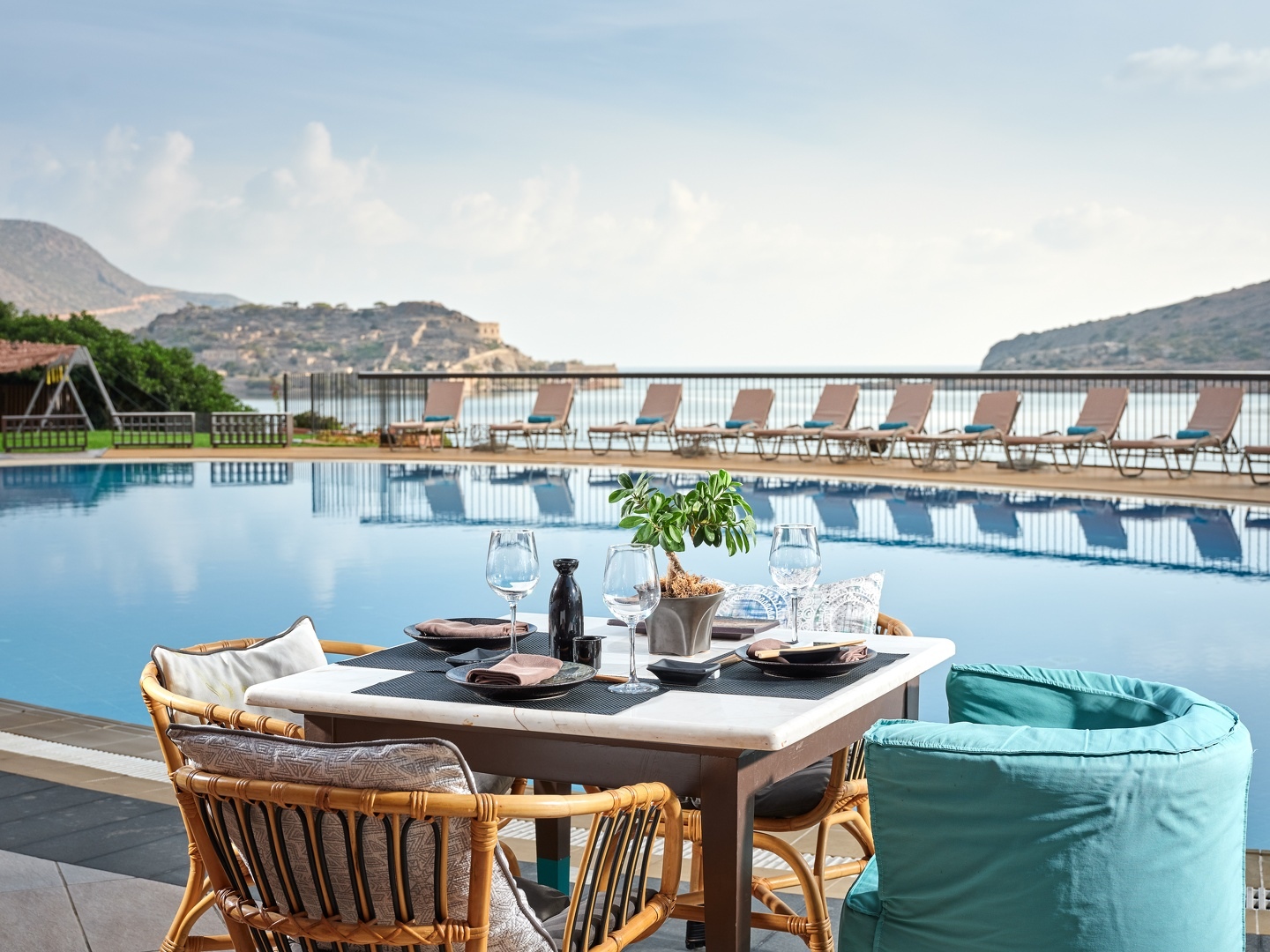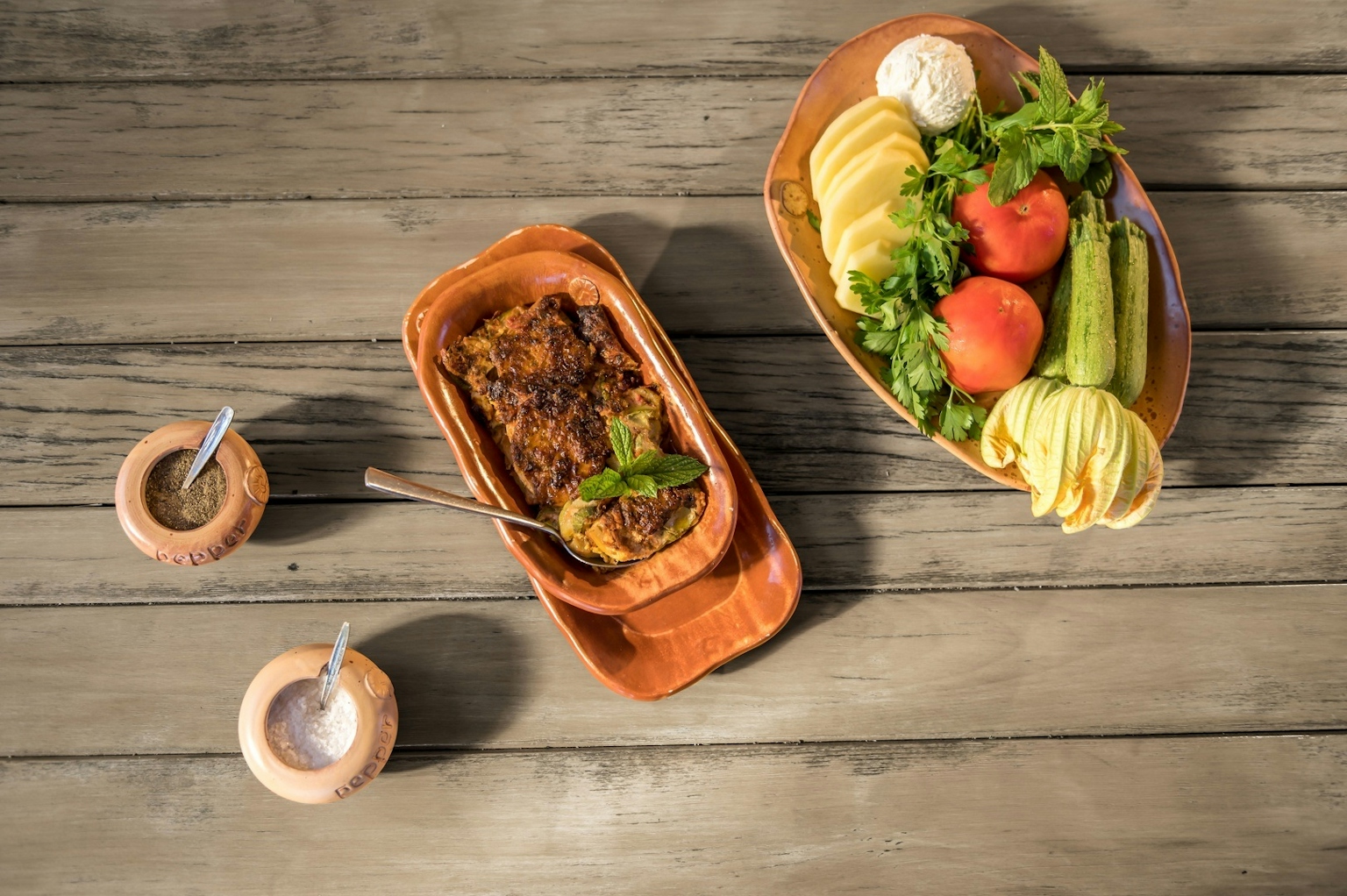Traditional Professions: Arts of the Past That Remain Alive Today
Author Discover Crete
Culture
Culture


Following the techniques and the tradition of their ancestors, the modern people of Crete, especially in the villages, express their creativity by making folk art objects of excellent quality. In Rethymno, various forms of folk art remain alive and are exercised with care: Ceramics, basket-making, wood-carving, stone-carving and, of course, weaving. Some of these arts are traditionally exercised by entire villages, which largely base their economy on them.
Ceramics is the basic occupation of many inhabitants, who make not only decorative pottery but also utensils. Ceramics is a traditional art, the history of which is as old as the Minoan times. In the past, the pottery workshops flourished in the prefecture of Lasithi, producing storage objects of everyday use. Today, potters at Thrapsano, Kentri and Margarites mold clay just like the Minoans did thousands of years ago. Hundreds of vessels, identical to those found in the Minoan palaces, are still used for storing olive oil, grains, and other agricultural products.
The folk tradition is still alive today in the prefecture of Lasithi as well. The aspects of folk culture in Lasithi are expressed through the works and activities of the local people. Wood-carving, that is, the art of engraving figures and scenes on wood, has left an important heritage to the next generations. The professional wood artists have maintained this rare art by handing down their secrets from generation to generation. Moreover, the village of Alfa has a tradition in stone-carving, thanks to the wonderful, off-white and relatively soft stone that is mined from the area and has been used since the distant past in building and decoration.
Wood and marble sculptors give life to materials of the Cretan land by manufacturing elaborate works, mainly of ecclesiastical art. Visitors can visit venues exhibiting woodcraft at the villages of Axos and Asteri and marble works at the International Sculpture Symposium in Venerato.


Handcraft Tradition: Carpenters transform wood into traditional musical instruments, such as the lyre and the lute.
Vori, Zaros, Rethymnon, Neapolis, and Kritsa are places famous for their long tradition in the manufacture and development of such instruments. Cobblers in major cities and villages such as Anogia, make the traditional stivania, the resistant Cretan leather boots. Knife manufacturers in Chania and Heraklion convert steel into the famous Cretan knife, the inseparable companion of each Cretan. Engraved depictions and poems adorn the blades.
In the mountainous villages of Mylopotamos, Anogeia, Zoniana, Livadia, and in the rest of the prefecture, traditional weaving, knitting, and embroidery are the basic hobby of the women in their free time. The techniques are handed down from mother to daughter. Traditional materials are used in weaving, such as wool, cotton, linen, and silk. The women produce the thread themselves and weave it on the loom. Even today, they often dye the textiles with natural colours made from plants and white flowers of the Cretan earth. Women’s cooperatives in all major villages still weave on the loom, just as they used to do in Minoan times.
The Sariki, the Cretan headscarf with fringes resembling tears, symbolizes lamentation for the hardships Crete experienced in past centuries. The black sariki is worn as a sign of mourning, while the white sariki is worn as a sign of joy during weddings, feasts, births, and christenings.
All the above aspects of folk culture were bread-winning occupations, and home handicraft gave women the opportunity to decorate their homes and make clothes for their families. Therefore, weaving, embroidery, and knitting were, and to some degree still are, the basic occupations of women in the villages.
Another kind of folk art related to home handicraft is the use of straw to make objects of everyday use like baskets, panniers, etc. Objects of folk art can be seen today in the homes of local people or in folk museums, where older objects are kept.
One area of craftsmanship in which Crete has a long tradition as well as a richly thriving modern output is folk weaving and the art of embroidery. The ‘xobliasta’ and ‘ploumista’ fabrics (incorporating intricate brightly coloured geometric patterns) are woven in Crete using wool, flax, cotton, and silk on the traditional looms that can still be found in many homes in the mountain villages. Apart from various geometric shapes, the decorative motifs incorporate images borrowed from nature, as well as everyday human activities. Woolen rugs (kilimia), ‘patanies’, colourful bags and backpacks (‘vourgies’), cotton and linen sheets, towels, silk dresses, and other clothing items are among the most common products of Cretan weavers.
Cretan embroidery is famous for its colourful depictions of both nature and everyday life scenes, as well as for motifs borrowed from the Minoan and Byzantine traditions of the island.
The embroidery and fabrics are often accompanied by knitted lace in a wide variety of wonderful designs and motifs. The important textile weaving centres were the Sfakian villages, as well as Anogia, Krousonas, and Zaros on the Psiloritis, Kritsa and Viannos on Mount Dikti, and the mountain villages of Sitia.
Although today the art of weaving has become significantly less common in mountainous areas of Psiloritis (Krousonas, Gergeri, Zaros) and Dikti (Viannos), women, usually the older generation, still continue to create unique Cretan fabrics in the time-honoured fashion.
In the mountain villages of Mylopotamos, Anogia, Zoniana, and Livadia, as well as all over the Rethymno area, traditional weaving, embroidery, and knitting are still thriving. They remain important pastimes and can also provide a supplementary source of income for women. The techniques are handed down from mother to daughter during the preparation of the ‘proika’ (dowry)—that is, all the clothing and linens that the bride takes with her when she leaves her family home.
In tandem with the art of weaving, women in earlier times processed and dyed the necessary raw materials, such as flax, wool, and silk, using vegetable or animal-based dyes in the centuries-old tradition.
During the Minoan era and after, porfyra from seashells was used to create purple and red dye. Red colouring could also be derived from kermes (or ‘prinokouki’) insects that feed on the foliage of holm, oak, and cedar trees, as well as seaweed and madder.
Willow leaves and daffodils, crocus, pomegranate skin, and the ‘agkoutsia’ bush native to Crete were used for yellow. Walnut shells and leaves, and plane tree leaves gave the colour brown. The leaves of almond and pomegranate trees, as well as the bush ‘akoniza’ (Inula Viscosa), were used for green.
The plant Indigofera tinctoria gives true indigo blue, soot was used for black, and rust could be used for brown.

As is evident from ancient findings, the ceramic arts have a centuries-long history. Uniquely elegant and expertly crafted ceramic jars are decorated with scenes from nature, clearly demonstrating the artistic skill of the Minoans.
This ancient art has survived and developed over time, and today in various places, such as Thrapsano (Heraklion), craftsmen follow the tradition of their ancestors, creating useful decorative objects of particular value.
In earlier days, potteries flourished in Lassithi, preparing various everyday items, including storage vessels. At Kentri, today, the art of pottery making continues, following techniques similar to those of the Minoans.
Indeed, certain techniques are traditionally practiced by entire villages, such as Noulismeni (Lasithi), thereby providing substantial support to local economies.
In Margarites, in Mylopotamos, pottery is the main occupation of many inhabitants, who produce items for everyday use as well as traditional decorative objects.
The village of Alfa, for example, has a stonecutting tradition, due to a plentiful supply of stunning off-white, relatively soft stone mined in the area for construction, mainly for the creation of decorative architectural elements.
More recent is the history of woodcarving, which developed primarily during the Byzantine period. The most important items were religious objects, such as shrines, church iconostases, candlesticks, as well as furniture and other household items.
Even today, in many areas, local craftsmen create traditional carved wooden objects.
The tradition is still alive today in Lassithi. There are many aspects to popular culture, which are expressed through the works and practices of its people.
Carving, the art of representing particular shapes and scenes on wood, leaves behind a significant legacy to future generations.
Professional wood carvers continue to preserve this rare art, passing the secrets and techniques of their profession from generation to generation.
These intricately designed breads are an essential gift for the best man and maid of honour at weddings and for godfathers on the occasion of a baptism.
They are small works of art, traditionally created by women at home, and the custom still survives today, especially in the mountain villages.
The breads are decorated with embossed symbols from nature, including flowers, birds, snakes, and other animals.
One of the oldest crafts of Cretan folk art is basketry, which has been declining in recent years.
Using raw materials from nature, such as reed, wicker, or lentisks, local people created utilitarian objects needed every day in rural and pastoral life.
Basketry continues to flourish as a craft in the village of Mixorouma, near Spili.
An ‘affiliated’ sector to basket weaving was ‘kanistroplektiki’, the crafting of panniers for transporting agricultural produce—a very difficult artisanal activity, which still survives in a few areas, most notably in the village of Nivritos near Zaros, Gonies in Malevizi, and Mixorouma near Spili.

The knife is an essential complement to the Cretan traditional costume.
The Cretan knife consists of a steel blade, on which traditional rhyming couplets (Cretan ‘matinada’) are often engraved.
The handle is covered in animal horn and often decorated with various motifs, while the knives have a simple wooden scabbard. However, silver scabbards with decorative designs were used for formal costumes.
The knife-making industry flourished in the past. An entire district of Heraklion was once home to knife-making workshops.
Source: Incrediblecrete

